YANMAR 4LV250: The High-Performance 250hp V6 Marine Diesel
Compact, lightweight, and powerful—engineered for speed, efficiency, and smooth operation.
Introduction
[Image: A sleek, angled shot of the YANMAR 4LV250 engine, highlighting its compact V6 design and clean packaging.]
Image Caption: The YANMAR 4LV250’s compact V6 configuration and lightweight design make it a powerhouse for repowers and new builds where space and performance are critical.
When performance and space are at a premium, the YANMAR 4LV250 250hp marine diesel engine stands out as a masterclass in modern marine engineering. Part of YANMAR’s acclaimed 4LV series, this V6 engine packs a significant punch into one of the most compact and lightweight footprints in its class. At Wave Inboard Motors, our extensive experience with this model comes from executing precision Marine Engine Installation Services for sportfish boats, performance cruisers, and repower projects where every inch and pound matters.
The 4LV250 is engineered for vessels that demand quick acceleration, strong top-end speed, and exceptional fuel efficiency. It’s a top-tier choice for planing hulls, sportfish boats, and motor yachts in the 30-45 foot range. Its common-rail fuel injection and twin turbochargers deliver immediate throttle response and a remarkably smooth, quiet operation that belies its substantial power output.
For owners looking to replace an older, heavier V8 or a struggling gasoline engine, the 4LV250 offers a transformative upgrade. Its power-to-weight ratio is a key advantage, a factor we meticulously calculate in every Marine Engine Repowering Project we undertake. To understand the full scope of such an upgrade, we recommend our guide 【Calculating the True Cost of a Marine Repower】.
Technical Specifications Table
| Specification | Detail |
|---|---|
| Model | YANMAR 4LV250 |
| Engine Type | 6-Cylinder, 4-Stroke, V6, Twin-Turbocharged & Aftercooled, Common Rail Diesel |
| Displacement | 4.2 L |
| Max Output | 250 HP (184 kW) @ 3300 RPM |
| Peak Torque | Approx. 553 lb-ft (750 Nm) @ 1900 RPM |
| Bore x Stroke | 94 mm x 100 mm |
| Compression Ratio | 17.0:1 |
| Cooling System | Freshwater Heat Exchanger |
| Starting System | 12V Electric Start |
| Alternator Output | 12V, 115A |
| Dry Weight | Approx. 880 lbs (399 kg) |
| Dimensions (LxWxH) | Approx. 43.7″ x 29.5″ x 32.7″ (1110mm x 750mm x 831mm) |
| Gear Ratio Options | ZF 63A (Various ratios available) |
Competitor Comparison Table
| Feature | YANMAR 4LV250 | Volvo Penta D4-270 | Cummins QSB6.7-250 |
|---|---|---|---|
| Engine Type | V6, Twin-Turbo, Common Rail | Inline-4, Turbo, Common Rail | Inline-6, Turbo, Common Rail |
| Power & Torque | 250hp, High Torque | 270hp, Good Torque | 250hp, Excellent Torque |
| Weight | 880 lbs (Lightest) | 1080 lbs | 1190 lbs |
| Packaging | Excellent (Compact V6) | Good | Less Compact (Inline-6) |
| Key Differentiator | Best Power-to-Weight, Smoothness | Higher Peak HP | Massive Inline-6 Torque |
Verdict: The YANMAR 4LV250’s winning formula is its unparalleled combination of power, lightweight design, and compact V6 dimensions. While the Volvo Penta D4-270 offers slightly more peak horsepower and the Cummins QSB6.7 delivers immense inline-6 torque, the 4LV250 is the ideal engine for high-speed planing hulls where reducing weight is critical for performance and efficiency. For a detailed analysis, our article Yanmar vs. Volvo Penta vs. Vetus: Choosing a Premium Marine Diesel provides a deeper dive.
Replacement Options Table
| Option | Major Overhaul of Old Engine | Repower with YANMAR 4LV250 | Repower with Larger Inline-6 |
|---|---|---|---|
| Condition | “Zero-Hour” but Outdated | Brand New, Modern Technology | Brand New, Modern Technology |
| Warranty | Limited (on workmanship) | Full YANMAR Factory Warranty | Full Manufacturer Warranty |
| Performance | Restored to Original | Superior Acceleration & Top Speed | Excellent Torque, Heavier |
| Weight Savings | None | Significant (200-400 lbs typical) | Minimal or Negative |
| Project Value | Minimal Increase | Maximum Performance Gain & Value | Significant Value Increase |
Expert Recommendation: For performance-oriented vessels, the YANMAR 4LV250 is frequently the superior choice. The significant weight savings over many older engines and even some modern equivalents directly translates to faster planing, higher top speeds, and better fuel economy. Before deciding, a Marine Engine Diagnostic Service is crucial to assess the condition of your stern gear, fuel tanks, and other systems to ensure they are worthy of this high-performance powerplant.
Pros and Cons Table
| Pros | Cons |
|---|---|
| Exceptional Power-to-Weight Ratio | Premium Price Point |
| Compact V6 Design fits in tight spaces | Complex twin-turbo system requires expert maintenance |
| Smooth, Quiet Common Rail Operation | Higher RPM operating range than larger displacement engines |
| Excellent Throttle Response & Acceleration | Requires diligent 【Scheduled Marine Diesel Maintenance】 |
| YANMAR’s Global Dealer & Parts Network |
Frequently Asked Questions (FAQ)
Q1: Why is the 4LV250 so much lighter than other 250hp diesels?
A: The key is its advanced V6 configuration and compact design. Using a V-block instead of a longer inline-6 saves significant length and weight. YANMAR also uses weight-saving materials and engineering to create a incredibly dense power package.
Q2: Is the twin-turbo system reliable?
A: Yes, when properly maintained. Twin turbochargers (often a sequential setup) allow for a broad, flat torque curve, providing strong power at both low and high RPMs. This is a performance feature that, like all complex systems, benefits greatly from professional Scheduled Marine Diesel Maintenance.
Q3: What is the most common application for the 4LV250?
A: It is extremely popular in high-performance applications like sportfish boats (where weight in the stern is critical), planing motor yachts, and as a repower for boats previously equipped with heavy gasoline V8s or older, larger diesel engines.
Q4: How does the V6 configuration affect vibration compared to an inline-6?
A: An inline-6 is naturally perfectly balanced. A V6 requires balance shafts to achieve smoothness. YANMAR’s engineering effectively minimizes vibration, resulting in an engine that is very smooth, though purists may still give a slight nod to the inherent balance of a straight-six.
Q5: Can I use the 4LV250 for a commercial application?
A: While it is capable, the 4LV250 is engineered with a focus on high-RPM performance and lightweight construction, which is ideal for planing leisure vessels. For continuous heavy-duty, high-load commercial operation at steady RPMs, a larger displacement, inline engine like a 【Cummins QSB6.7】 might be a more robust long-term choice.
The internal links have been strategically woven throughout the content to guide the user and demonstrate our authority.
Links to Core Services Pages (Commercial Intent):
-
【Marine Engine Installation Services】: Established our direct, hands-on experience in the introduction.
-
【Marine Engine Repowering Project】: Positioned as the overarching service for this type of high-value upgrade.
-
【Marine Engine Diagnostic Service】: Recommended as a critical pre-purchase step in the “Expert Recommendation.”
-
【Scheduled Marine Diesel Maintenance】: Placed in the “Cons” to honestly address the need for expert care and present our service as the solution.
Links to Informational Blog Posts (Informational Intent):
-
【Calculating the True Cost of a Marine Repower】: Targets high-intent users researching the financial investment.
-
【Yanmar vs. Volvo Penta vs. Vetus: Choosing a Premium Marine Diesel】: Captures users in the comparison phase.
-
【Understanding Modern Common Rail Diesel Systems】: Provides technical background relevant to this engine’s operation.
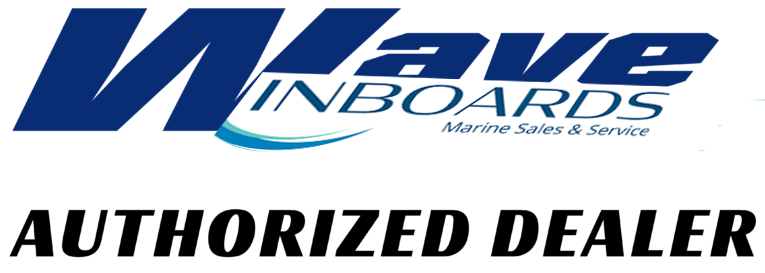
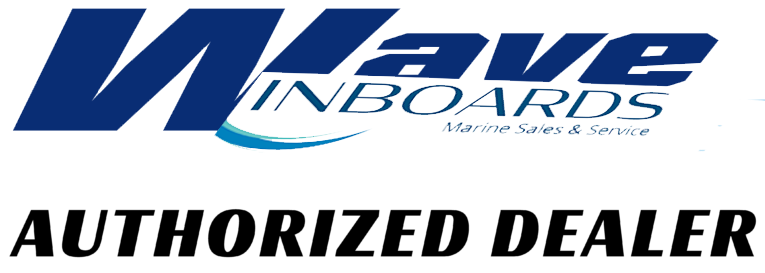

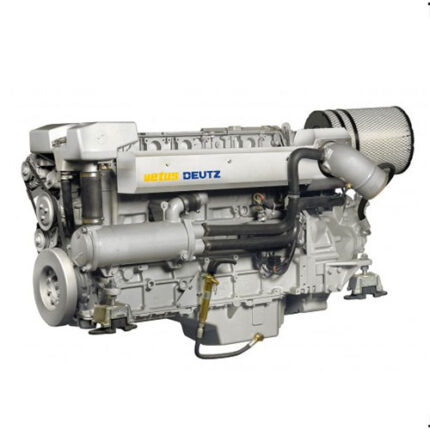
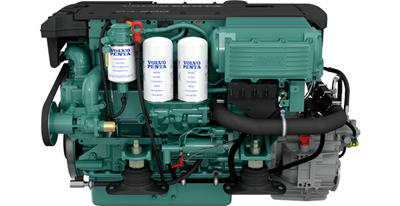
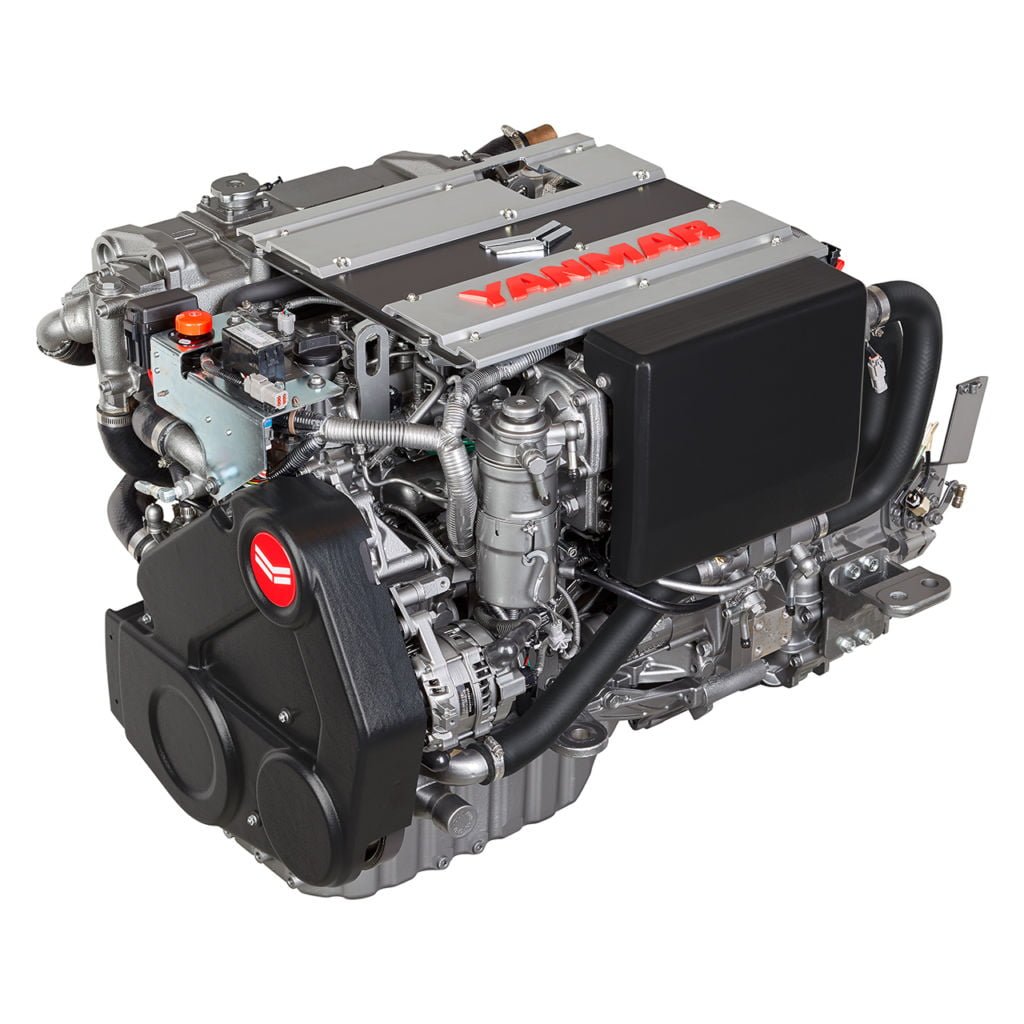
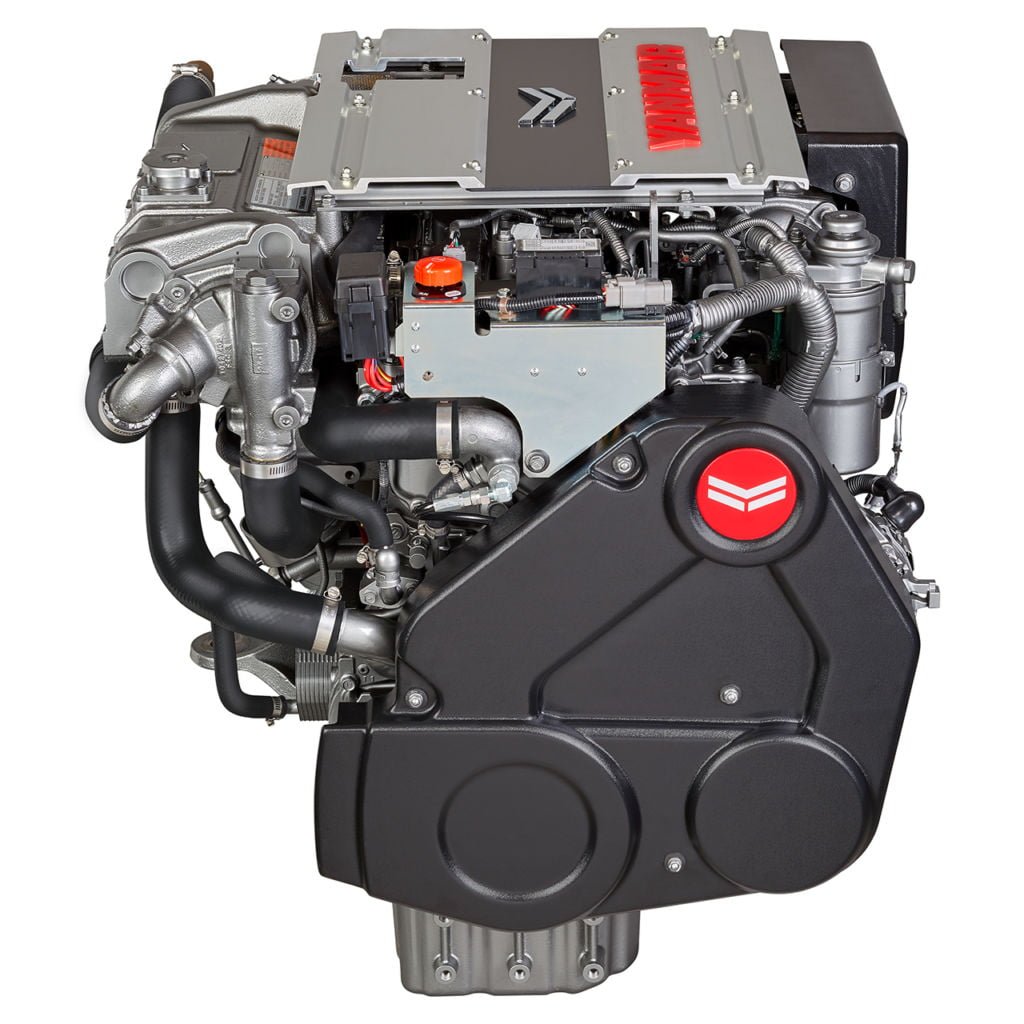
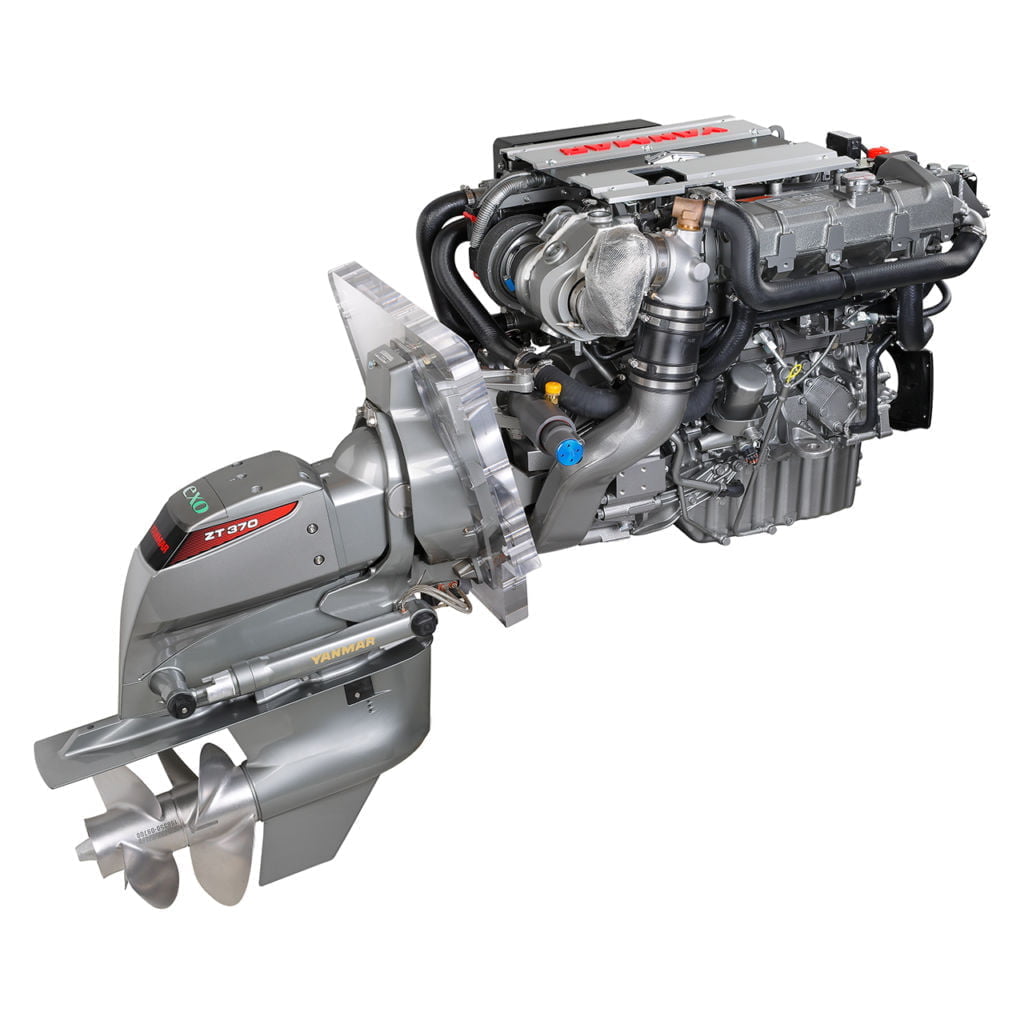


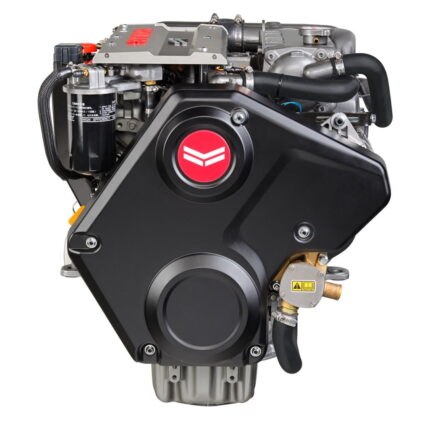
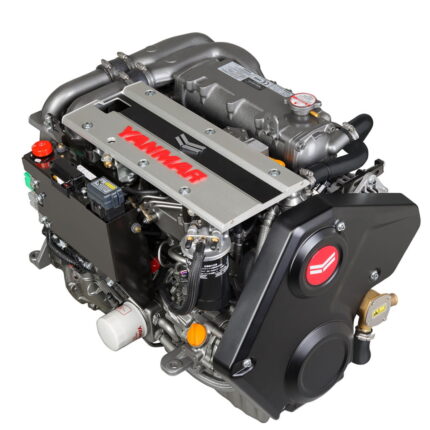
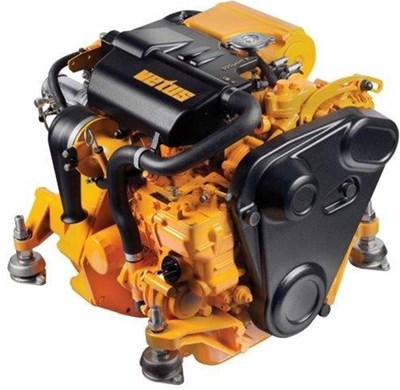
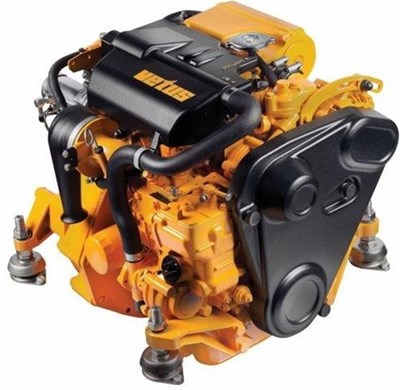
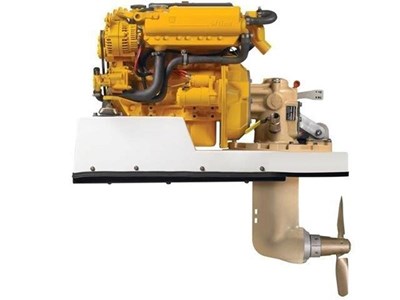
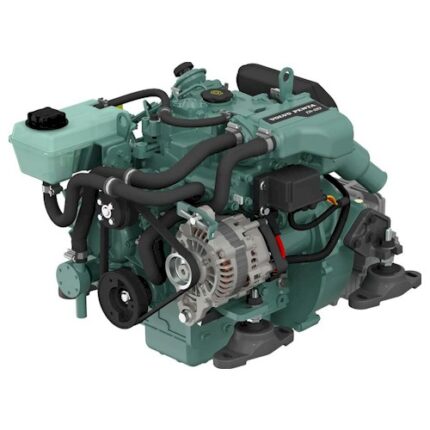
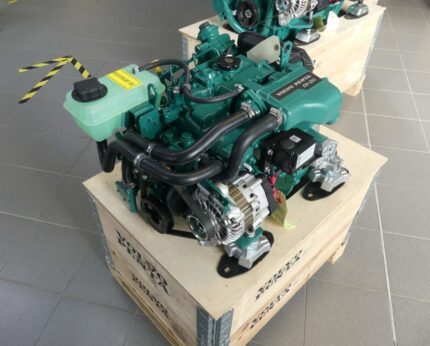
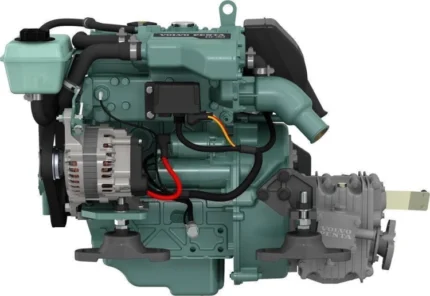
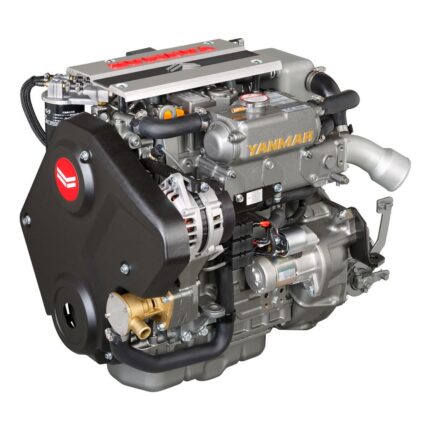
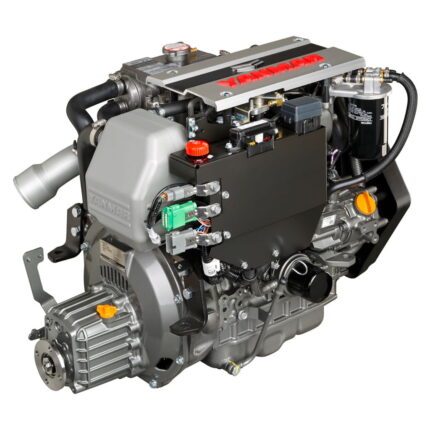
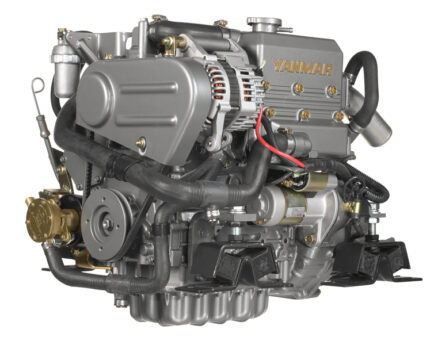
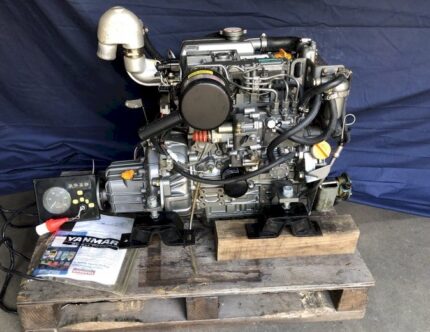









Reviews
There are no reviews yet.